Loft Conversions
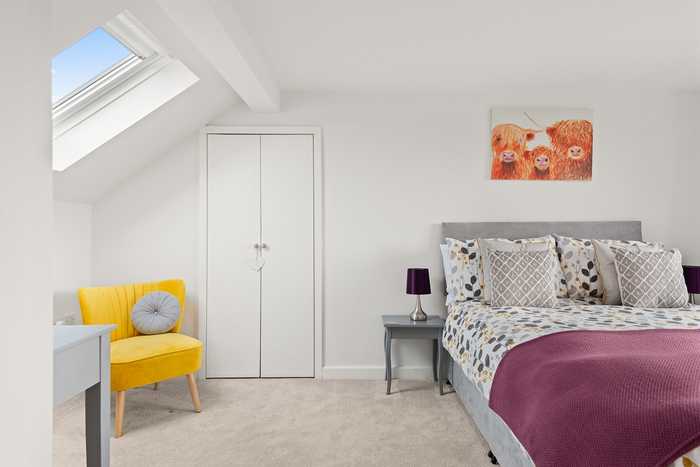
2020 has been a difficult year, with many changes to our way of life. One change that may just stick is how we use our homes. They now need to be not only where we rest, sleep and eat, but also where we work and socialize. All that means more space requirements. Extending is one way to create extra space and extending into the loft is often one of the more cost-effective ways of doing so. Here are some things to consider when you’re thinking about a loft conversion.
Roof Construction
Is your loft suitable for conversion? Your roof will be of either rafter or truss construction. Rafters run along the outer wall of the property to a central beam at the apex of the roof, leaving the triangular space of the loft unobstructed. Trussed roofs include timbers that run through the cross-section of the roof. It is possible to convert a trussed loft, but extra structural support is needed where the trusses are removed and it is likely to be more expensive.
The general rule of thumb for whether you have enough height to extend into the loft is if you have at least 2.2m head clearance. If not, it may be necessary to either raise the roof level (which requires planning permission) or drop the ceiling level on the floor below. If that is the case, have a look at your ceiling height on the floor below. Ensure that losing that head height won’t make the rooms too claustrophobic and remember any ceiling roses or cornicing in period properties will be lost. There will be extra structural work involved and the rooms on the floor beneath will be impacted by the work, causing more disruption and decorating. You may find moving out during this work will be necessary or preferable.
Types of Loft Conversions
There are four main types of loft conversions each with their own merits and drawbacks.
Roof Light
Roof light conversions are by far the least disruptive and cheapest way of creating an extra room in your home. However, it will depend on your roof construction (rafter), headspace (at least 2.2m) and floor space (whether you can easily get a staircase up to the space) as to whether it will be possible or not. If the loft space allows it, the conversion is a relatively easy affair. It will be a case of adding skylights, a floor, insulation and a staircase. Building regulations will need to be adhered to.
Dormer
Dormer conversions, especially flat roof, are the most popular loft conversion. They can be added to any home with a sloping roof, so are an option to those with a trussed roof. They provide more floor space and head height than a roof light conversion and create a more traditional feeling room. If your dormer is wide enough, it may also give you space to create an en-suite (or a separate bathroom if the space is big enough) as you will have the head height for a shower. Creating a dormer loft room is more disruptive, takes longer and is more expensive than a roof light conversion as it involves changes to the roof and creation of the actual dormer.
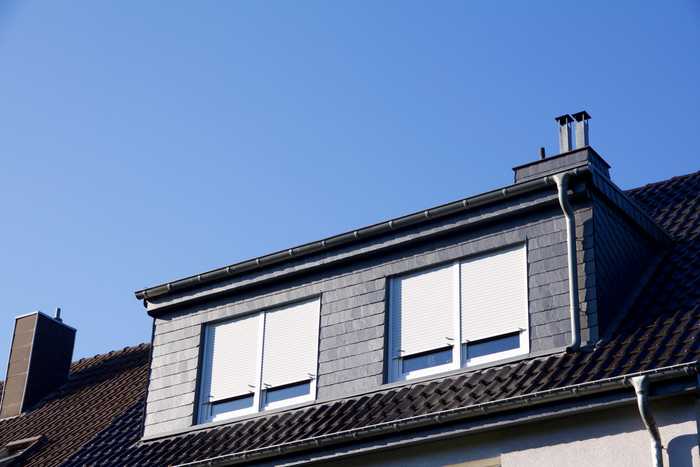
Hip to Gable
Hip to Gable conversions extend the sloping “hip” roof to the side of the property outwards to create a vertical “gable” wall. This creates a larger loft space and often makes getting a staircase up to loft level easier. There is obviously more cost involved in this kind of conversion as the roof will need to be extended out to meet the new wall.
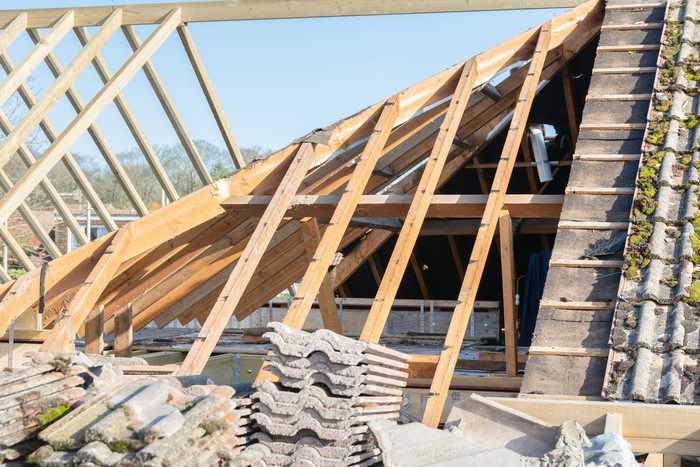
Mansard
Mansard extension run along the whole length of the house’s roof and will alter the angle of the slope, making it almost vertical. These types of conversions tend to be the most expensive option and do require planning permission. They do, however, create the largest amount of useable space of all the different types of conversion.
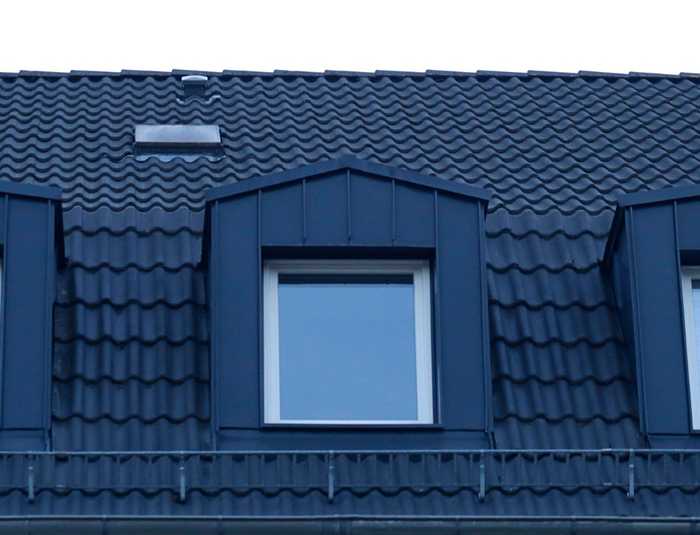
The Legal Requirements
Permitted Development
Most loft conversions that do not extend past the existing roofline or footprint of the building come under permitted development. If you plan a very large loft room, to raise your roofline, create a Mansard type loft space, or you live in a conservation area, you may need to apply for planning permission. Check out the permitted development criteria here:
https://www.planningportal.co.uk/info/200130/common_projects/36/loft_conversion
To comply with permitted development, your loft conversion would have to:
- Be less than or equal to 50 cubic meters (40 cubic metres for terraces).
- Have no dormers/change of roof construction to the front of the property.
- Not be higher than the existing roof.
- Be constructed of similar materials
- Have no verandas, balconies or raised platforms
- Ensure that any side-face windows were of obscured glass and be 1.7m above floor level
- Any roof extensions, apart from hip-to-gable ones, to be set back at least 20cm from the original eaves.
- The roof enlargement cannot overhang the outer face of the wall of the original house.
Building control
When converting a loft, you will need Building Regulations approval. A building control surveyor will inspect your conversion at various stages and will be responsible for issuing a Completion Certificate upon final inspection.
Building control will want to know that:
- the structural strength of the new floor is sufficient. New joists will probably have to be installed due to the increased load a conversion will have on the flooring. A structural engineer will advise on this.
- the stability of the structure (including the existing roof) is not endangered.
- fire safety has been addressed. The new floor will have to be at least 30 mins fire protection, which often means the ceilings below will need to be replastered. The loft room will need a fire door either at the top or bottom of the new stairs. Fire-resistant doors will be required throughout the stairway on the ground and first floors. A wired fire alarm will need to be installed and an escape window will need to be installed in the loft room.
- the stairs to the new floor are safely designed. A tradition staircase is preferable, but a space-saving staircase may be acceptable. There are minimum requirements set for head height, stair treads, angle of the staircase and the balustrade. Your designer will take these into account when designing your conversion.
- there is reasonable sound insulation between the conversion and the rooms below. Any new extension to your home has to comply with the most up to date building regulations in relation to insulation and sound. Your designer will specify the required U-values your new roof will need to comply with. Remember that putting a new floor on your house will impact the amount of noise the bedrooms on the first floor will experience. Think about between new stud partitions (like to the en-suite) as well as between floors.
https://www.planningportal.co.uk/info/200130/common_projects/36/loft_conversion/3
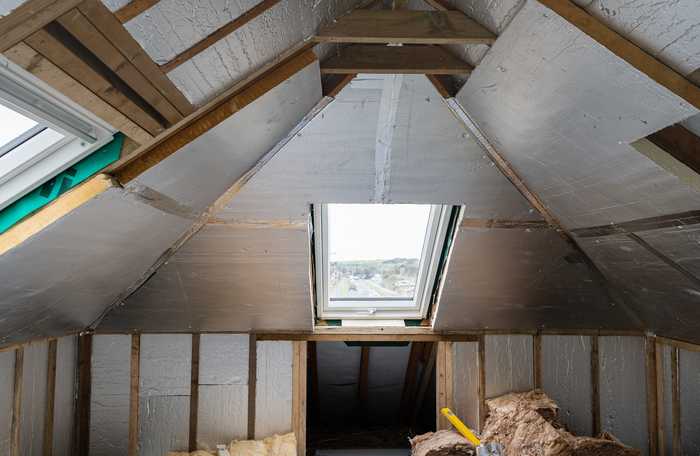
The Party Wall Act 1996
If you live in a terraced or semi-detached house, you will need to comply with The Party Wall Act. This requires you to let your neighbours know about the proposed work and sets out what works you must inform them of.
Insurance
Remember to tell your insurer about your loft conversion. An extra bedroom will have an impact on the value of your home and your insurance will need to take this into account.
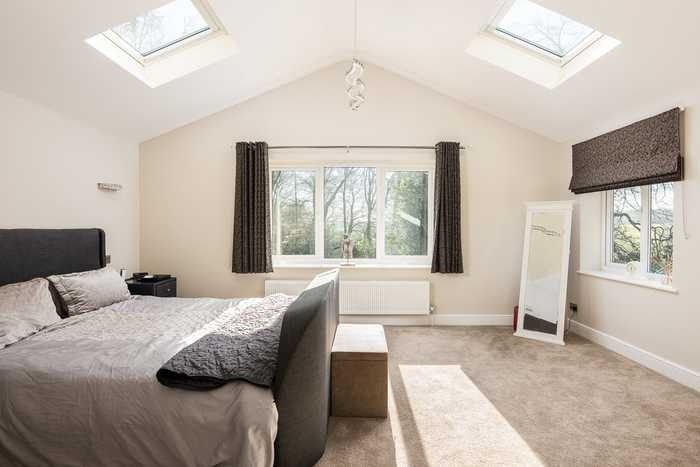
Loft rooms provide new space in your home and can be used as a spare bedroom, master bedroom suite, playroom or office. The options are many and there are some great ways to maximise your space. Here are some lovely design ideas on how to create your perfect loft room:
https://www.realhomes.com/advice/loft-conversion-ideas
Get in touch if you would like a great new loft space designed. Let’s create something together! Contact us on https://www.maidenheadplanning.co.uk/contact
Posted by Wouter De Jager on November 13th 2020
